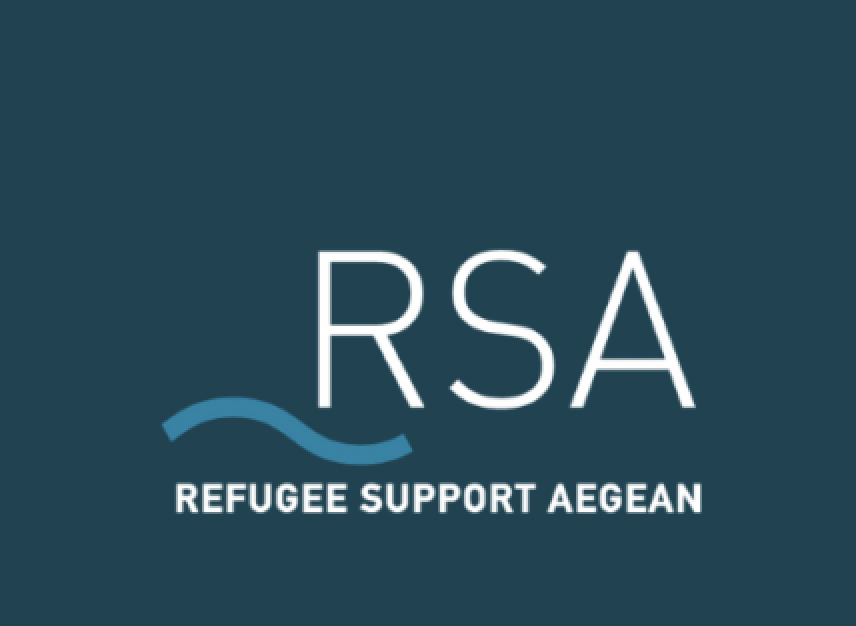rsa.gr | 19 December 2023
Crete and Gavdos have no reception and identification procedures despite the increased arrivals
In recent months, there has been an increase in the number of ships arriving in Crete and Gavdos, islands which have no official infrastructure for the first reception of asylum seekers and their identification procedures. Since the beginning of September to date, an estimated 17 boats have arrived in various areas of Crete and Gavdos. It is estimated that the majority of them come from the Libyan coast.
According to reports from newcomers, their destination is not Greece, but Italy. These are usually small boats carrying 30-50 people, including minors. Local media in some cases refer to information from the Port Authority that these groups come from a larger vessel, sailing in international waters bound for Italy, with an even larger number of refugees. Due to the heavy ship traffic south of Crete, its location is particularly difficult to track.
Newcomers in Gavdos stay there only for a few hours, while, if there is no ferry connection due to bad weather, they may stay longer. Those who arrive in Gavdos and Chania are often transferred to the children’s summer camps at Kalathas in Akrotiri. Usually, only volunteer doctors and the Red Cross may enter this site, which is guarded by the police. The Municipality of Chania claims that the accommodation cost is prohibitive, pointing out that the accommodation cost only for the 215 refugees who have been identified in the last 2.5 months in Gavdos and Kissamos, reaches 30,000 euros. The competent in welfare and social policy issues, Deputy Mayor Eleni Zervoudaki, also said that “the state, despite its initial commitments to fund the only municipality in Chania that hosts refugees, has not credited a single euro for these people’s accommodation.”
Those who arrive in Heraklion prefecture are usually transferred to the dockers’ hall in the port of Heraklion, where there is no infrastructure, not even beds, and which is also guarded by the police.
In most cases, solidarity organisations in Crete do not have access to these spaces and it is not clear whether there is sufficient interpretation and basic information on the rights of newcomers. While people are now on European territory, they are not informed about the procedures to be followed and their rights in relation to asylum, and reception and identification procedures do not take place as required by law.
Furthermore, it is not clear whether and by what procedure the authorities identify unaccompanied minors and children accompanied by an adult who is not their legal guardian (separated). Practices to date indicate that there are cases where minors have been wrongly registered as adults. Also according to reports from the field, in the case of minors accompanied by an adult who is not legally their primary carer (separated), there is no assessment of the suitability of the adult.
After a few days in these informal accommodation places in Crete, people are transferred to structures in the mainland for their identification and registration, mainly at the Reception and Identification Centre (RIC) of Malakasa but also in some cases, at the Amygdaleza pre-removal detention centre, e.g. if they are from third countries without a purely refugee profile, such as Egypt, or if the RIC of Malakasa is full. The fact is that, as regards transfers to facilities in the mainland, there is not a common practice followed for each arrival (eg. they used to be transferred to the Kos CCAC), which also makes proper information of newcomers quite difficult, when possible.

